
Introducing the State of Spend by Zip
Our inaugural report on AI, procurement’s influence, and the future of business.

If you can get a look into the ways companies spend, you can see into the future. That's the driving message behind our inaugural State of Spend, a survey of over 1,000 global leaders about where their money is going, and what it means for the future.
While the report is full of revealing insights, there is an emergent throughline: businesses are preparing for a workforce transformation not seen since the dawn of the internet.
Why we built the State of Spend report
At Zip, we have a unique vantage point into how the world's leading companies make spending decisions. Zip orchestrates the full cross-functional scope of source-to-pay; in effect all the financial signals that reveal where businesses are truly placing their bets.
But we wanted to go deeper. We wanted to understand not just what companies are buying, but why they're buying, and what it means for the people who work there.
So this year, we partnered with research firm Prolific to survey 1,030 C-suite and senior decision makers across procurement, finance, IT, operations, legal, and risk functions. What we discovered was both fascinating and sobering: AI is already fundamentally shifting business and hiring priorities in ways that will resonate well into the future.

The numbers don’t lie: AI is rewriting the rules
One finding stopped us in our tracks: 17% of companies now require managers to prove AI can't do a job before they're allowed to hire a human for it. Read that again. Nearly one in five organizations have flipped the default headcount assumption, starting to change the question from "Do we need to hire someone?" to "Can you prove that AI can’t do it?"
But that's just the beginning. Here's what else we found:
- 75% of companies now factor AI into hiring decisions. The thing we've been talking about for years is now actually happening.
- AI fluency has become the #1 skill priority for 56% of executives over the next three years, displacing traditional business expertise.
- 70% of organizations are already testing or using AI in spend and supplier management, with adoption rates that challenge everything we thought we knew about how slowly enterprises adopt new technology.
The great reallocation from people to technology
What makes this transformation striking is how broadly companies are thinking about it. Cost-cutting priorities signal a deliberate reallocation of resources from people-dependent services to technology.
Professional services are taking the biggest hit, with 40% of companies reducing spending on consulting and legal advice. Services-based businesses are facing pressure to justify business models based on billable hours and uncertain outputs. With AI eating into the business of “insights,” many spend categories are up for re-evaluation.
Meanwhile, technology spending is growing, with 37% of companies planning to add new vendors, particularly AI tools. It’s clear that there are new dynamics at place that reassess what businesses value, and where they see the best return on investment. There’s more detail on this in the report.

But humans aren't totally cooked (and here's why)
Before you start ordering books on subsistence farming, there's an important nuance in our data that gives me hope for the future of human work.
Yes, AI fluency has become in-demand, with 56% of executives telling us it's the top skill priority they’re hiring for over the next three years. But when we asked about their second and third skill priorities, something interesting happened. Every business function emphasized distinctly human capabilities:
- Finance leaders chose risk anticipation
- Procurement selected supplier relationship management
- Legal emphasized change management
There’s a pattern here. AI and data analysis are becoming baseline requirements, but uniquely human skills like relationship management, collaboration, and influencing are what will give members of the workforce their competitive advantage.
As much as certain apps on your phone pester you to follow healthy habits, it’s also very easy to ignore a notification. The same logic applies to business software: just because an AI bot messages a stakeholder doesn’t mean they’ll listen. Ensuring that they do will still be our job.
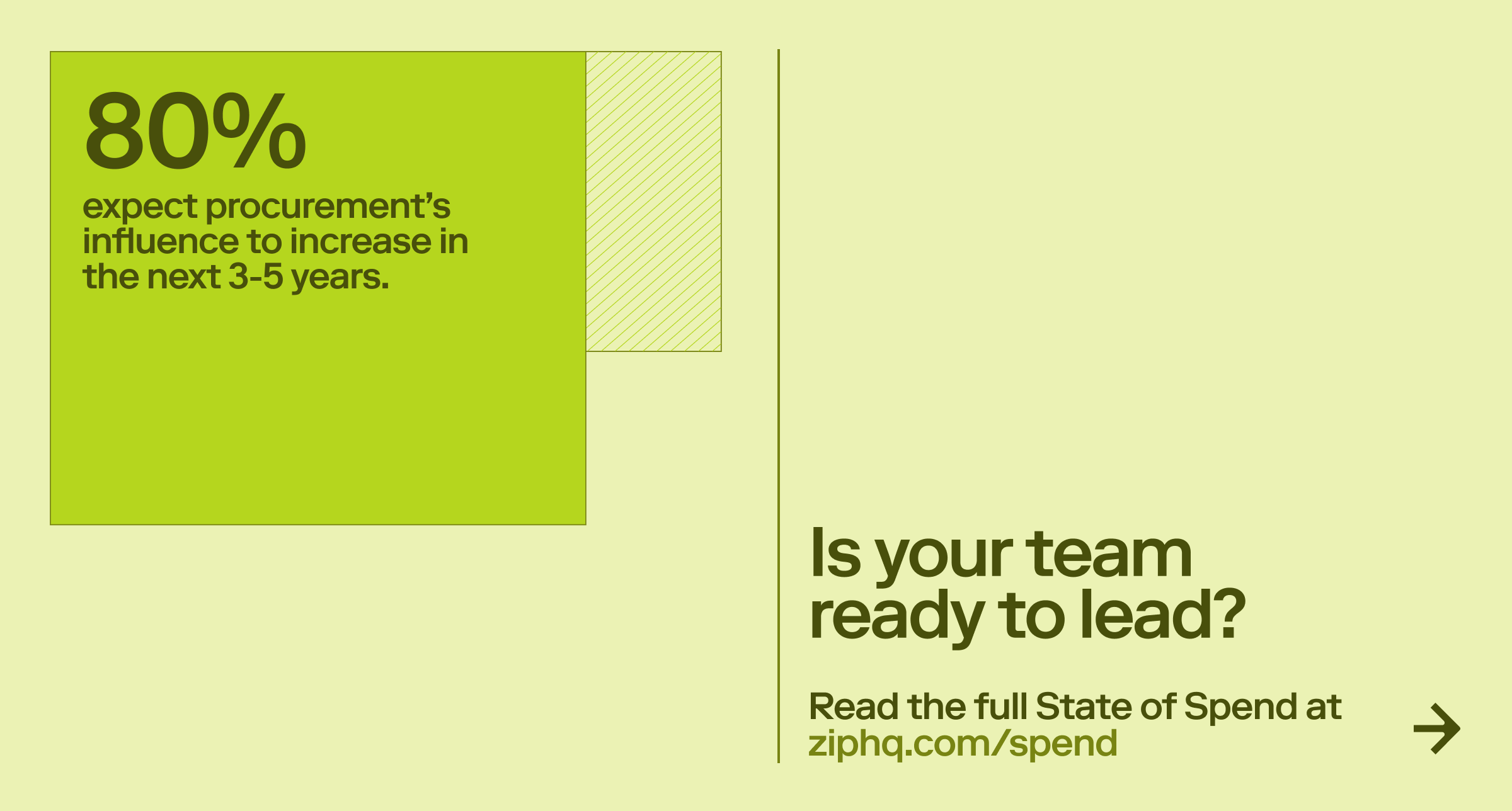
Procurement’s opportunity to gain influence
Here's where it gets really interesting for those of us in the procurement world. While other functions are bracing for AI-driven headcount reductions, procurement and IT are actually gaining influence. Why? Because businesses desperately need help understanding when they should use AI and when humans are the ones for the task.
Eight in ten respondents expect procurement's overall value and influence to increase over the next five years. In a world of spend enabled by AI, spend with AI vendors is not just another category. Procurement is set to govern the growth of this critical area as businesses navigate the AI transformation intelligently.
To that end, procurement needs to reflect what AI best practices look like in its own processes, too. The top three qualities business leaders want from procurement reflect this: they want user-friendly processes, cross-functional connectivity, and AI-powered automation. We're being asked to lead by example in showing how AI and humans can work together effectively.
What the State of Spend means for the future
AI is here, it's changing everything, and businesses are excited about the possibilities. But they're also realizing there's still lots of work to be done; work that requires the uniquely human skills that no algorithm can replicate.
The companies that will win in the age of AI are the ones that figure out the optimal blend of artificial and human intelligence, and they're the ones that invest in developing both AI fluency and human capabilities in their workforce.
This is what our State of Spend hopes to uncover. We want to pursue the fundamental questions of how we work, who we hire, and what skills will matter in the years ahead.
Ready to dive deeper into the data? Our complete State of Spend report includes detailed breakdowns by company size, geographic region, and business function, plus strategic recommendations for navigating the AI transformation successfully.
Download the full State of Spend report at ziphq.com/spend

Maximize the ROI of your business spend

Enter your business email to keep reading


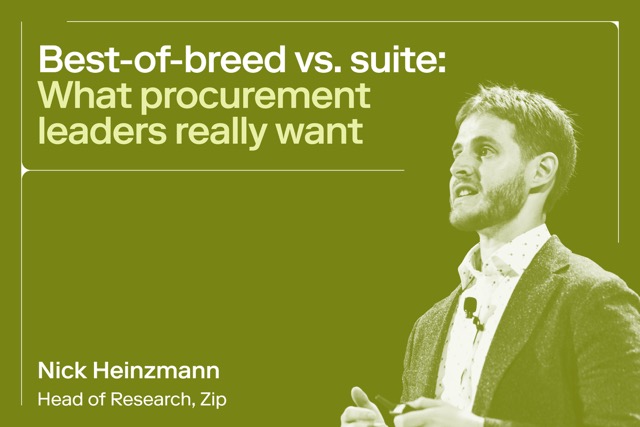
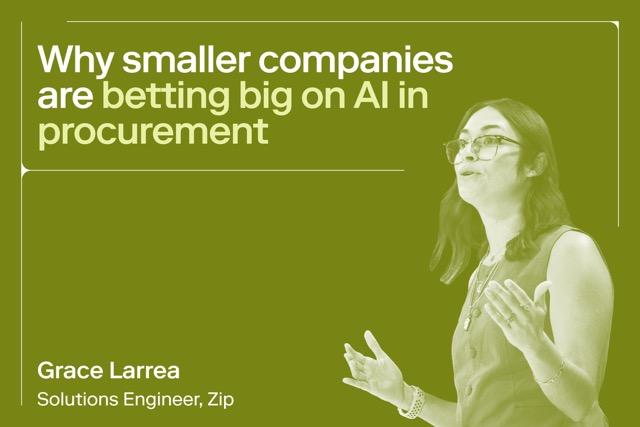

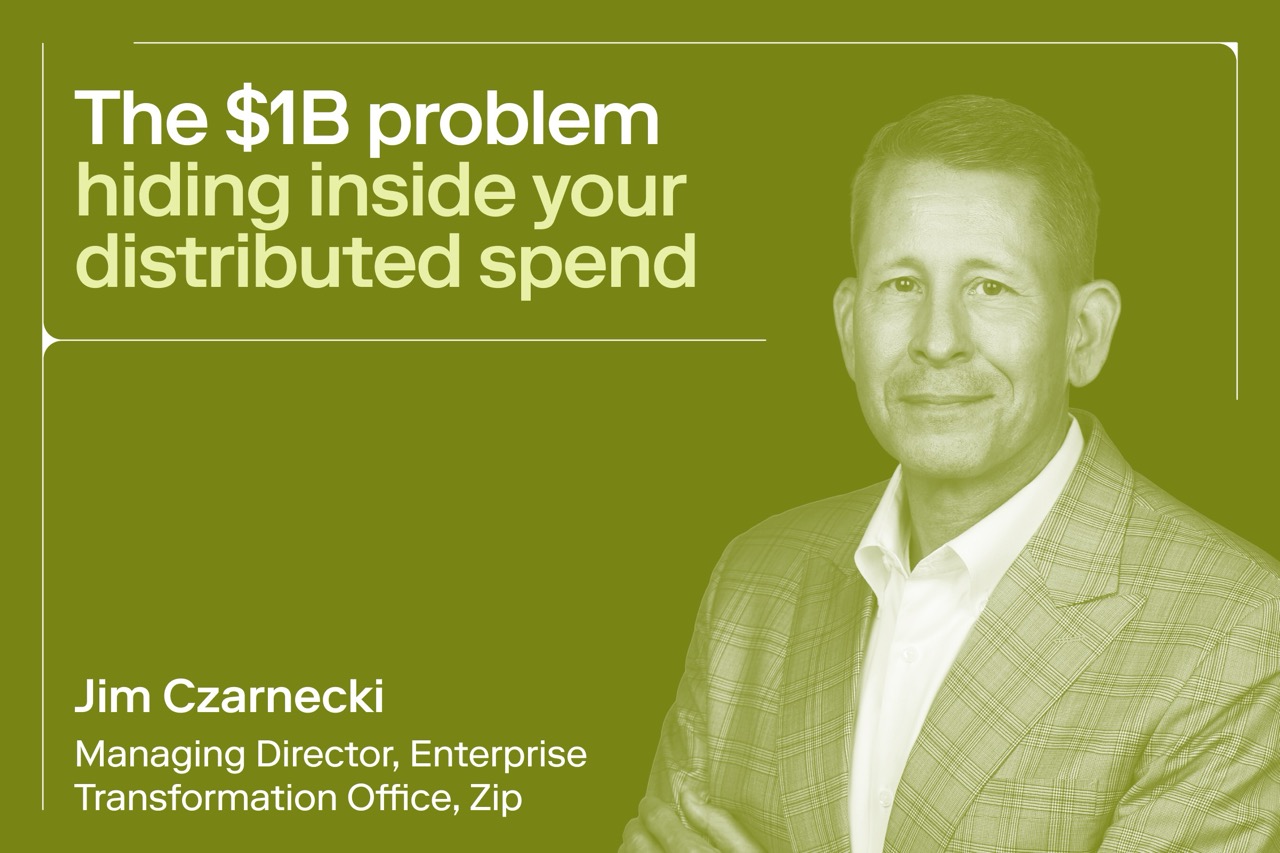
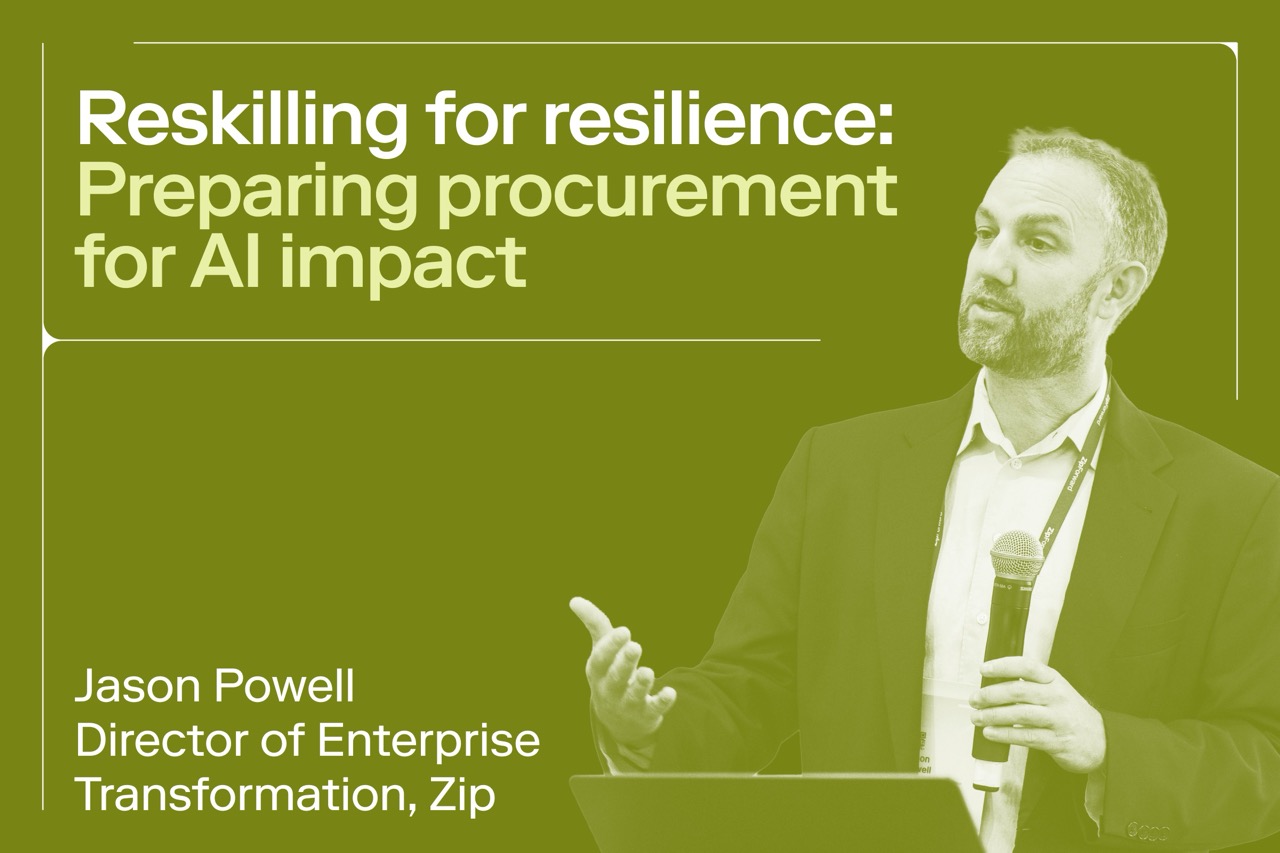
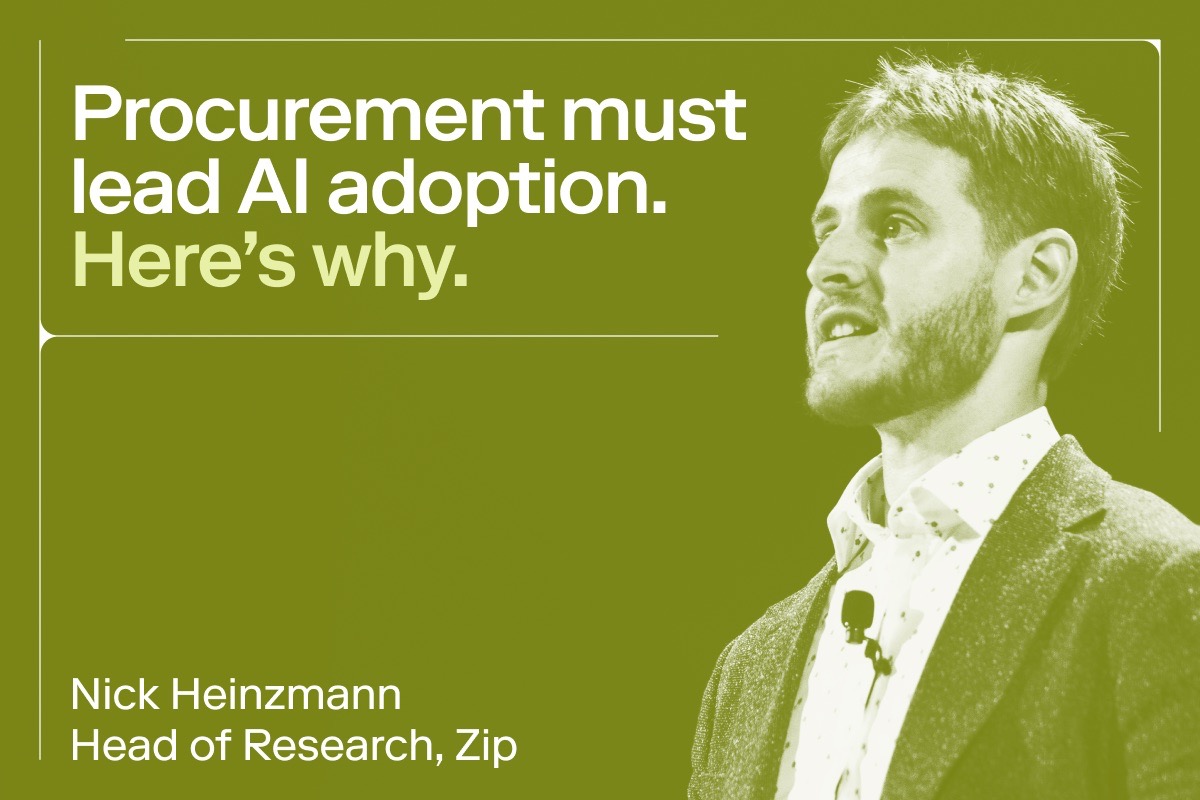








%20Large.jpeg)
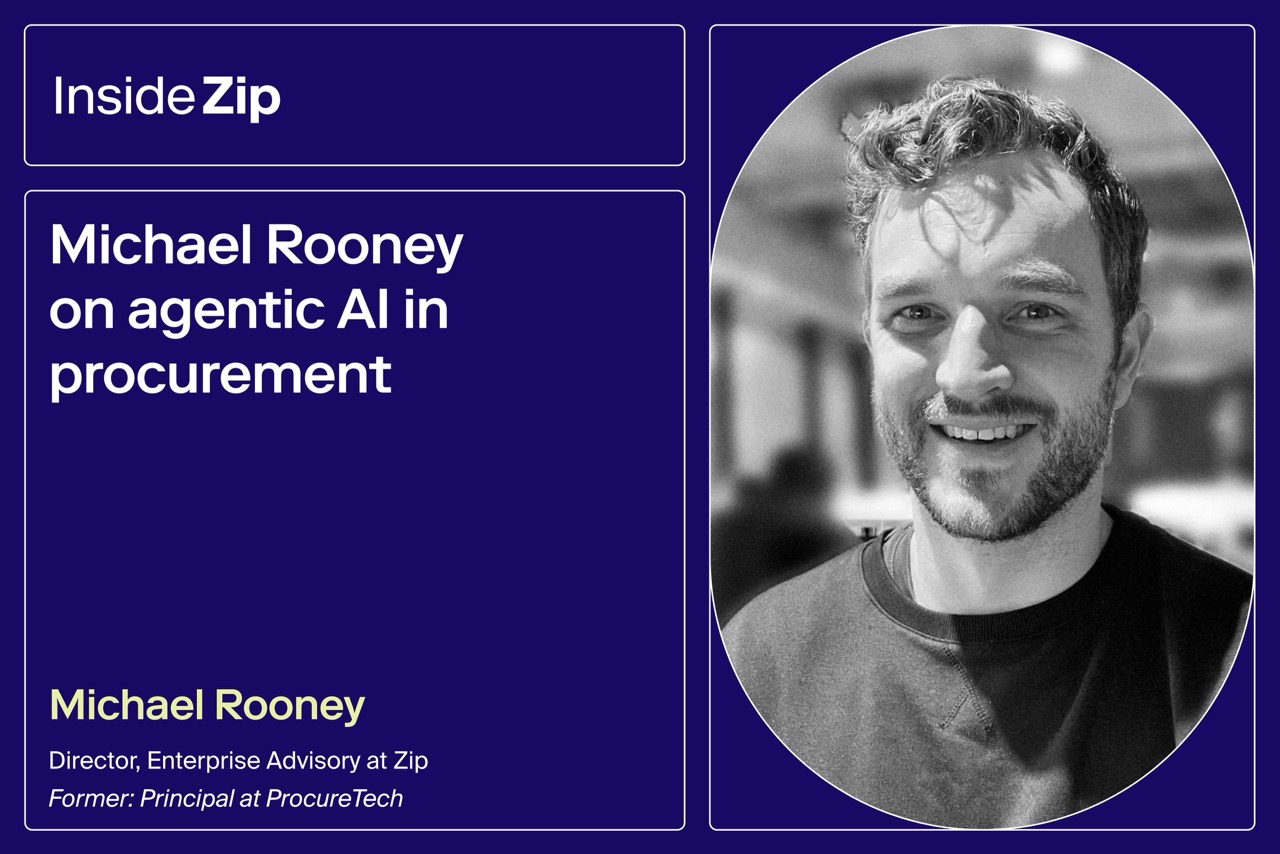




.webp)


















